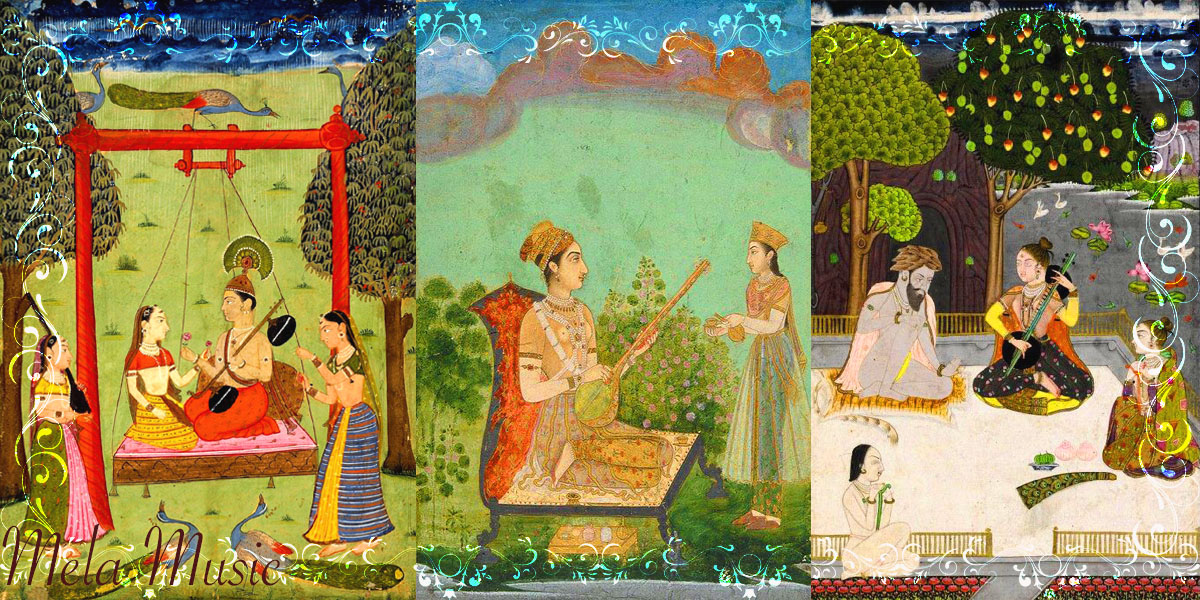
The vadi swar, also known as the chief or principal note, holds immense significance in a raga as it encapsulates the essence of the melody. It is the most crucial note among all the other notes utilized in a particular raga, and provides insight into the timing of its presentation. While several ragas may share the same ascending and descending notes, the vadi swar distinguishes them by altering their characteristics and timing.
For Example:
Bhupali – Aroha (SA RE GA PA DHA SA): Avaroha (SA DHA PA GA RE SA)
Vadi Swar (Note) – GA
Deshkar – Aroha (SA RE GA PA DHA SA): Avaroha (SA DHA PA GA RE SA)
Vadi Swar (Note) – DHA
The difference of the vadi swar of Bhupali and Deshkar changes its characteristics, even though both ragas have the same notes, the time of presentation of Bhupali is from 6pm to 9pm and the time of presentation of Deshkar is between 6am and 9am. This changes the very essence of the raga.
Pandit Bhatkhande believed if the vadi swar is in the lower tetra chord (Purvang, SA, RE, GA, MA), then these ragas, usually, should be played from 12pm to 12am.
Ragas like Bhimpalasree; Vadi-MA, Yaman; Vadi-GA, Kedar; Vadi-MA, are an example of this.
If the vadi swar is in the upper tetra chord (Uttarang, MA, PA DHA NI SA) then the time of presentation of the raga should be from 12 midnight to 12 noon.
Ragas like Todi; Vadi-(Komal DHA), Bhairav; Vadi-(Komal DHA), Bilawal; Vadi-(DHA) are examples.
